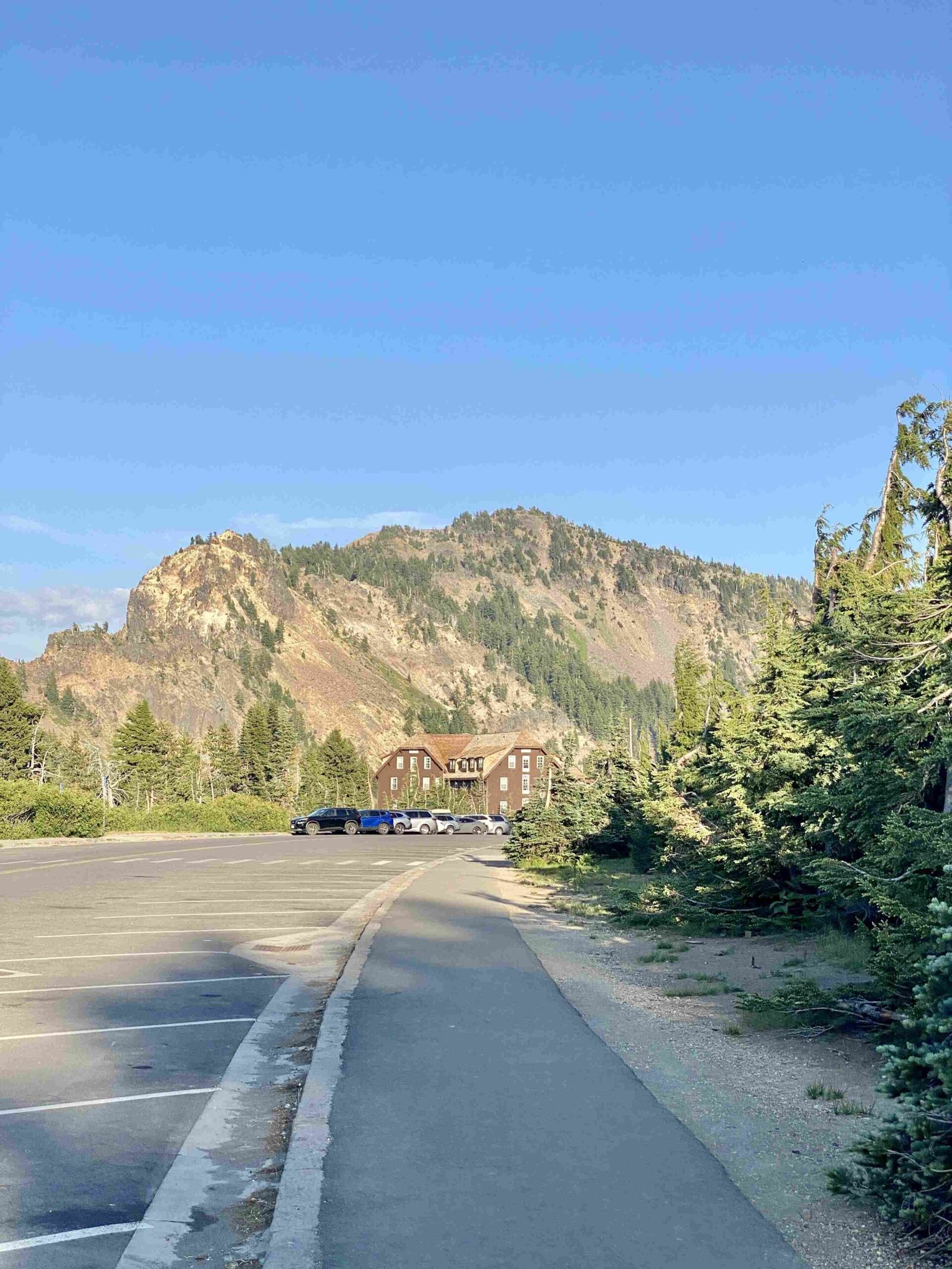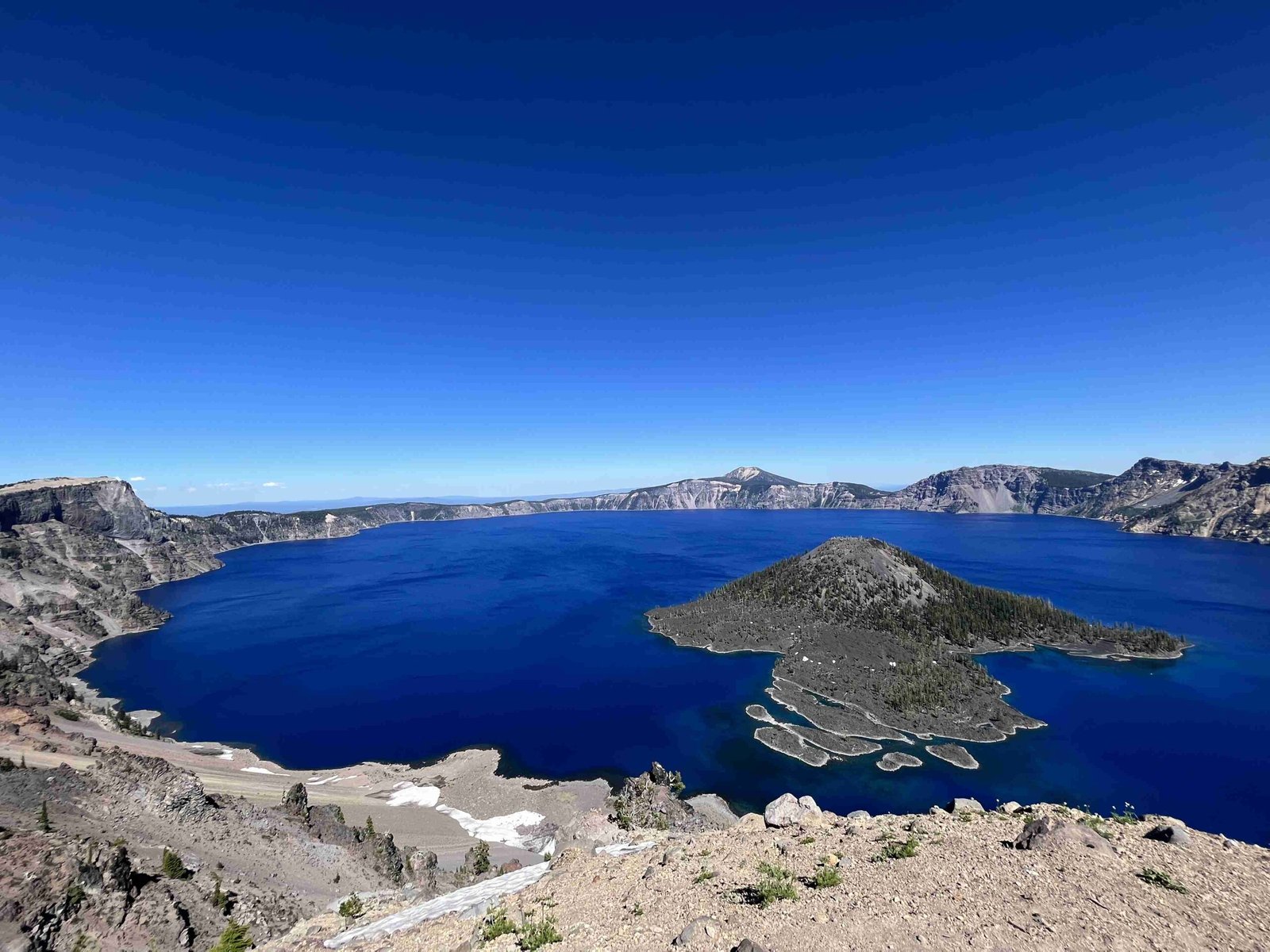Elected officials have played a crucial role in promoting the development of Crater Lake National Park while maintaining its natural beauty. Their efforts have focused on implementing policies, securing funding, and supporting infrastructure projects that enhance visitor experiences without compromising the park’s ecological integrity. This delicate balance between development and preservation has shaped Crater Lake into a premier tourist destination while safeguarding its unique ecosystem.
What Policies Have Elected Officials Implemented for Crater Lake Development?

Elected officials and regulatory bodies have introduced several key policies and legislation to support development initiatives at Crater Lake:
- Outstanding Resource Water (ORW) Designation:
- Proposed by the Oregon Department of Environmental Quality (DEQ)
- Aims to protect Crater Lake’s high water quality and ecological values
-
Complements National Park Service management objectives
-
General Management Plans (GMPs) and Foundation Documents:
- Updated periodically (most recently in 2005 and 2015)
- Provide direction for managing resource preservation and visitor use
-
Ensure development initiatives align with park’s purpose and resource values
-
Concession Activities Provisions:
- Established with the creation of Crater Lake as a National Park in 1902
- Facilitated by lobbying efforts and formation of the Crater Lake Company in 1907
- Allows for development of tourist infrastructure like hotels and restaurants
How Have Elected Officials Allocated Funding for Crater Lake Projects?

While specific funding amounts are not detailed in the available sources, elected officials have supported financial allocations through various channels:
- Concession Contracts:
- Granted to entities like the Crater Lake Company
- Involve investments in infrastructure such as hotels, camps, and transportation services
-
Part of the overall development strategy to attract tourists
-
General Management Plan Implementation:
-
Involves funding for various projects including:
- Infrastructure development
- Resource management
- Visitor services
-
Federal Funding:
- Allocated through annual budgets and special appropriations
- Supports ongoing maintenance and development projects
What Amenities and Facilities Have Been Developed at Crater Lake?
Elected officials’ pro-development stances have influenced the creation of several amenities and facilities:
- Accommodations and Services:
- Crater Lake Lodge
- Restaurants
-
Other tourist facilities established through concession contracts
-
Accessibility Infrastructure:
- Rim Drive
- Access roads
- Parking areas
-
Visitor centers
-
Recreational Facilities:
- Hiking trails
- Boat tours
-
Scenic viewpoints
-
Educational Programs:
- Ranger-led activities
- Interpretive exhibits
- Visitor information services
How Do Development Initiatives Correlate with Visitation Trends?
The support strategies for tourism at Crater Lake have shown a strong correlation with visitation trends:
- Visitor Numbers:
- Close to half a million visitors annually
-
Successful attraction of tourists through balanced development and preservation
-
Seasonal Fluctuations:
- Development initiatives tailored to manage seasonal access limitations
-
Infrastructure designed to accommodate peak season crowds while minimizing off-season impact
-
Visitor Experience Enhancement:
- Improved facilities and services lead to higher visitor satisfaction
-
Increased accessibility allows for a broader range of visitors
-
Economic Impact:
- Development initiatives contribute to local and regional economy
- Increased tourism revenue supports further park improvements
What Challenges Do Elected Officials Face in Crater Lake Development?
Elected officials must navigate several challenges in their pro-development efforts:
- Environmental Preservation:
- Balancing development with protection of Crater Lake’s unique ecosystem
-
Ensuring compliance with environmental regulations and park mandates
-
Funding Constraints:
- Securing adequate funding for development projects
-
Balancing budget allocations between development and preservation efforts
-
Seasonal Limitations:
- Designing infrastructure to withstand harsh winter conditions
-
Managing development projects within limited construction seasons
-
Stakeholder Interests:
- Addressing concerns of environmental groups, local communities, and tourism industry
- Aligning development plans with diverse stakeholder expectations
How Do Elected Officials Ensure Sustainable Development at Crater Lake?
Elected officials employ various strategies to promote sustainable development:
- Environmental Impact Assessments:
- Conducting thorough studies before approving development projects
-
Implementing mitigation measures to minimize ecological impact
-
Adaptive Management:
- Regularly reviewing and updating management plans
-
Adjusting development strategies based on environmental monitoring data
-
Sustainable Infrastructure:
- Promoting use of eco-friendly materials and technologies in construction
-
Implementing energy-efficient systems in park facilities
-
Visitor Education:
- Developing programs to raise awareness about conservation
- Encouraging responsible tourism practices
What Future Development Plans Are Being Considered for Crater Lake?
While specific future plans are not detailed in the available sources, potential areas of development may include:
- Technological Enhancements:
- Improving digital infrastructure for better visitor information and safety
-
Implementing smart technologies for resource management
-
Accessibility Improvements:
- Expanding facilities to accommodate visitors with diverse needs
-
Enhancing transportation options within the park
-
Climate Change Adaptation:
- Developing strategies to protect park resources from climate impacts
-
Implementing resilient infrastructure designs
-
Expanded Educational Opportunities:
- Creating new interpretive programs and facilities
- Enhancing partnerships with educational institutions for research and outreach
In conclusion, elected officials’ pro-development stance on Crater Lake has been instrumental in shaping the park’s current state. Their efforts have focused on balancing tourism development with preservation, resulting in a national park that offers exceptional visitor experiences while maintaining its natural integrity. As Crater Lake continues to evolve, the ongoing support and guidance of elected officials will be crucial in ensuring its sustainable development for future generations.
References:
1. Oregon Department of Environmental Quality – Crater Lake Outstanding Resource Waters Designation
2. Western Oregon University – Crater Lake National Park History
3. All Bend Oregon – Crater Lake NP Rules & Regulations

